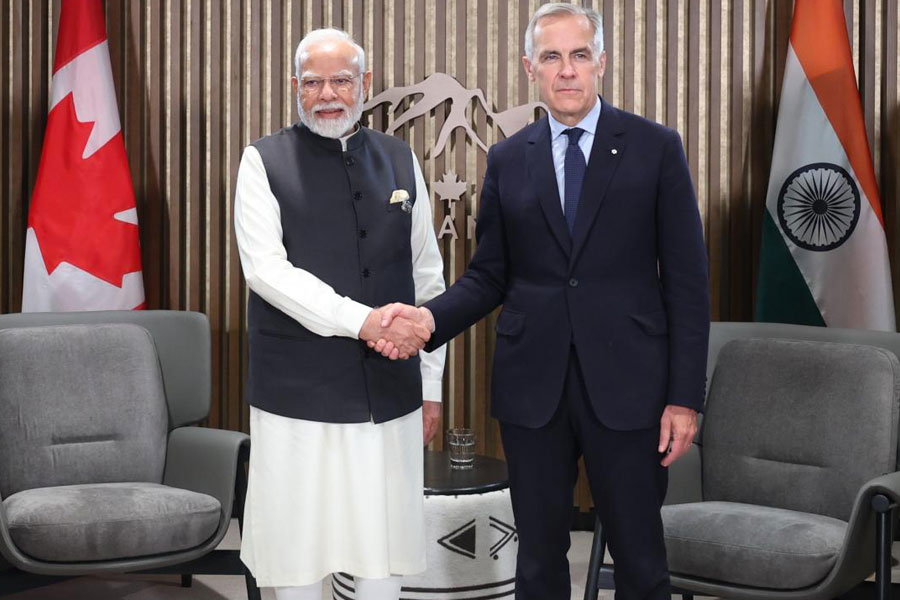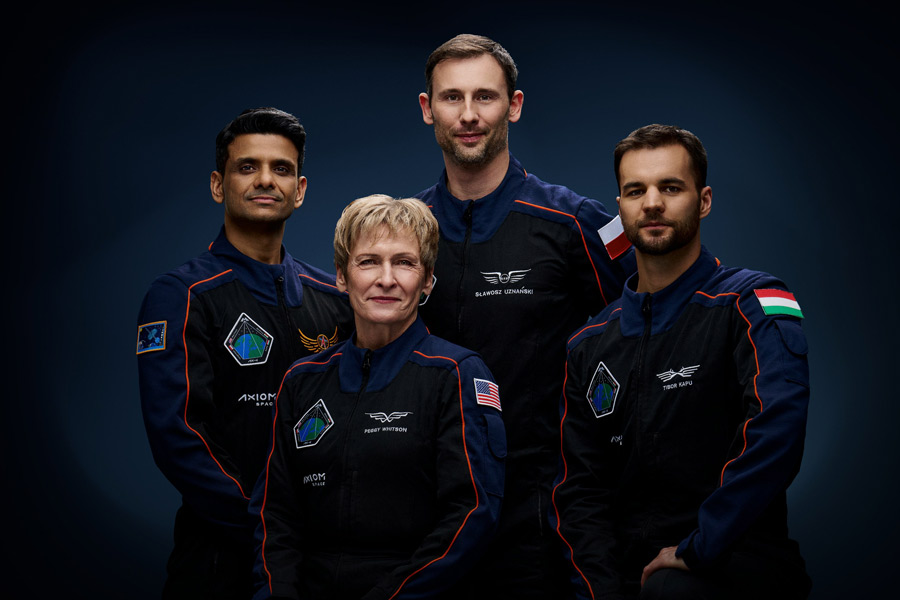
At some point we have to stop thinking in terms of differential levels of shock India expresses as a society over each individual incident of sexual violence. We have been made to think that persons that indulge in sexual violence are somehow deviant in their behaviour; that this issue is simply about some bad eggs in society, about socio-economic status and poor parenting. In this piece I advance the argument that sexual violence in India is underreported and under-recorded, and that such acts are embedded in a culture which has historically rewarded men with higher peer status when they indulge in sexual harassment and violence. Sexual violence is a sport: a very popular Indian male sport, but we have refused to categorize it as such because it is more comfortable from a policy and legal perspective to see such violence as aberrant behaviour which can be attributed to a few errant individuals.
The recent gang-rape of a young Dalit woman in Rohtak has triggered another round of shocked reactions. A similar rape had taken place in Rohtak in 2015, where a 28-year-old mentally challenged woman was raped, her corpse mutilated and left in a desolate plot. Like Nirbhaya, the men (possibly different sets of men in each case) thought it fit to not only sexually abuse these young women, but also humiliate and mutilate them pre- and post-mortem. The question is, why?
When we look at FBI profiles of serial killers, the staging and mutilation of female victims is often seen as a conjunction of artistic transformation and blatant misogyny in the killer's mind. If we take misogyny as a baseline original condition of every society on the planet without exception, we can explain sexual harassment and gender discrimination; even rape. What misogyny cannot fully explain is the cruelty, mutilation and torturing of female victims in increasingly more innovative and horrific ways. The 2015 Rohtak victim, a Nepali woman, had parts of asbestos sheets inserted into her. The 2017 victim reportedly was missing her oesophagus and had sharp objects inserted into her, like Nirbhaya. This is a special kind of evil.
My fear is that this "special kind of evil" is actually becoming something normal in India. There have been many cases of horrific rapes in India in my lifetime. The Mathura rape case (1972), Bhanwari Devi (1992), Phoolan Devi, Nirbhaya (2012), and the recent spate of rapes in Rohtak are just a few more well-known cases. The National Crime Record Bureau has also begun recording gang rapes separately from individual rape incidents. In 2014 the leading states with most cases of reported gang rapes were Uttar Pradesh (573), Rajasthan (414), Madhya Pradesh (284) and Haryana (230). In 2015 the ranking order remained the same with UP at 458, Rajasthan at 411, Madhya Pradesh at 270 and Haryana at 204. There was, however, a slight decline in such cases in each state. Data for 2016 are not currently available.
To understand such violence we also have to understand men's relationship to and ownership/monopoly of violence in society and how this is seen as a part of male privilege. Anyone who rapes a woman does not wake up one day and say, "I am going to rape someone." He works his way up to this behaviour. He indulges in gateway behaviour: he beats a dog, he kicks his sister and pulls her hair, he watches his father beat his mother and the mother not resisting, he grows up and starts teasing women on the streets with catcalls, then grabbing them. He stalks someone. Horrific rape is a culmination of such behaviours because they go unchecked either by family or by the State. A rapist is not born overnight, he is made by a society that has an extremely high tolerance for all types of violence in day-to-day life. This manufacturing of a rapist is completed first, when such gateway behaviours are not punished immediately and decisively, and second, when the person realizes that such behaviour is also a demonstration of virility and masculinity. Sexual violence is a team sport and women are not invited to play on the winning team.
A second level of analysis has to do with masculinity and the skirting of laws meant to protect women. Romit Chowdhury has successfully argued that men are socially penalized for not displaying violent behaviours. They then affirm machismo by flouting the law. One way of demonstrating masculinity, as it is understood here, is to exhibit illegal behaviour - doing things that the law expressly says one must not do (like the heroes of Bollywood films, who turn into vigilantes). Laws protecting women, in the minds of most offenders, are meant to be broken.
A third issue is located in the inability of Indian men to cope with rejection. In a social order where men's whims and wishes regulate the lives and movements of the women that surround them, a woman who says "no" to someone is deemed worthy of exemplary punishment. As I have argued elsewhere, Indian society has a problematic relationship with the idea of female consent. A man's "no" has much more value and gravity than a woman's "no". A woman's no is seen as negotiable - either voluntarily or through extreme force.
I do not know any woman in India who, at some point, has not been harassed in her life, either as a child or as an adult. Not a single one of these incidents, ranging from cat-calling to grabbing to manhandling, molestation, workplace sexual harassment or rape, has been reported to the authorities. What this tells me is that the incidence of sexual harassment and violence as revealed in the official script is far less than what the real incidence is. In some research conducted with Nithya Nagarathinam for The Hindu, we expressed our data-based fear that the real incidence of rape in India was far higher than what was officially reported simply because victims would not step forward to the police. We found that after the 2012 anti-rape agitation more women are stepping forward to report sexual violence of all kinds enabled by the Criminal Law (Amendment) Act of 2013. Similarly, we also found that after the implementation of the Protection of Children from Sexual Offences Act, child rape, which was previously invisible, became statistically visible on the books.
Perhaps one of the greatest and most defining shifts that has taken place in Indian public discourse is about the discussion, reporting and conversations surrounding sexual violence. The 2012 anti-rape agitation was remarkable to the extent that it challenged the notion of shame attached to victims of sexual violence. Much needed praise also must be given to the hard work done by the NCRB, which has, over the last decade or so, steadily made crimes against women more statistically visible by breaking down categories under which such crimes are reported, inadvertently giving us a strong qualitative sense of exactly how women face violence in society.
It is increasingly clear that men have no incentive to stop behaviour which adds to peer status, especially if such behaviour and the suffering of women are seen as sport and entertainment for millions. Therefore, the disincentives for such behaviour have to come from a punitive place. This can only happen when we invest heavily in a policing and forensic infrastructure that makes every sexual crime detectable and prosecutable.
The author is a Non-Resident Fellow with the Atlantic Council, Washington DC










